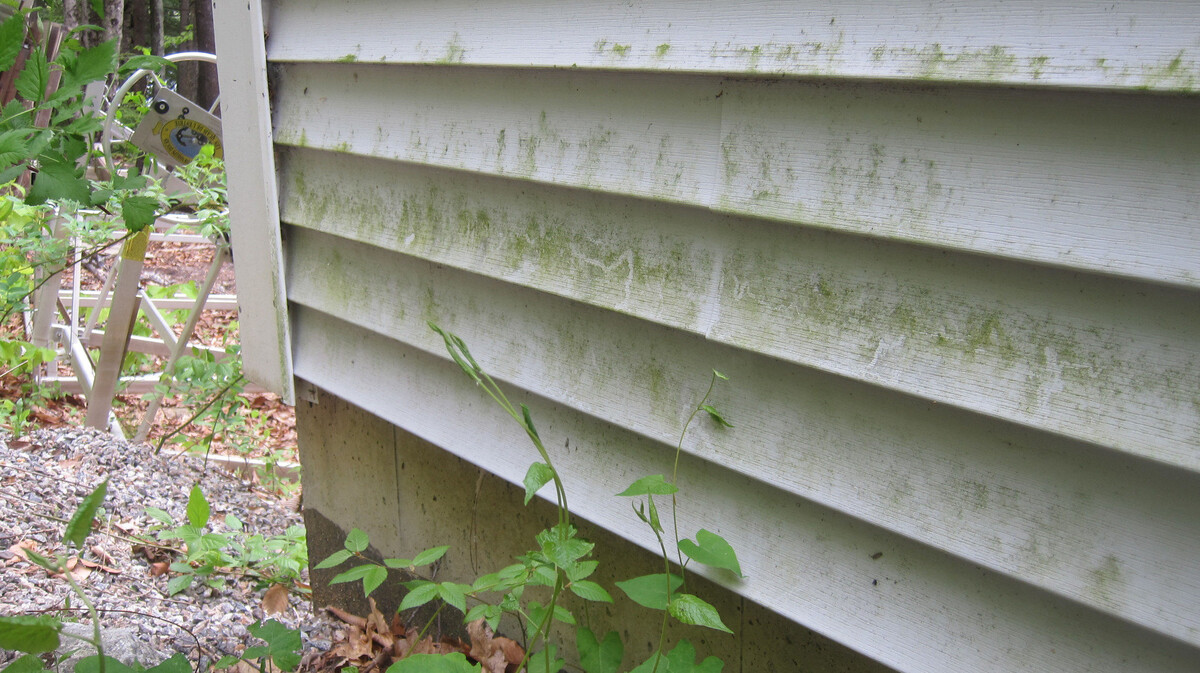

Articles
How To Prevent Mold On Vinyl Siding
Modified: January 6, 2024
Learn effective ways to prevent mold on vinyl siding in these informative articles. Keep your siding clean and mold-free with these helpful tips.
(Many of the links in this article redirect to a specific reviewed product. Your purchase of these products through affiliate links helps to generate commission for Storables.com, at no extra cost. Learn more)
Introduction
Mold growth on vinyl siding can be a common problem for homeowners. Not only is it unsightly, but it can also cause damage to the siding if left untreated. However, by taking proactive measures and implementing proper maintenance techniques, you can prevent mold from forming and keep your vinyl siding looking clean and pristine.
In this article, we will delve into the causes and signs of mold on vinyl siding, as well as provide you with effective strategies for preventing its growth. By following these tips, you can ensure that your home’s exterior remains mold-free and retains its curb appeal.
Key Takeaways:
- Regular cleaning and maintenance, proper ventilation, effective landscaping and drainage, and timely repairs and sealing are vital for preventing mold growth on vinyl siding. By being proactive, you can maintain a beautiful, mold-free exterior for years to come.
- Understanding the causes and signs of mold, as well as implementing effective prevention strategies, is crucial for keeping vinyl siding clean, mold-free, and in excellent condition. By taking proactive measures, you can protect your investment and enjoy a pristine home exterior.
Read more: How To Prevent Mold In Closet
Understanding Mold on Vinyl Siding
Mold is a type of fungus that thrives in damp and humid environments. When it comes to vinyl siding, mold can develop on the surface due to a combination of moisture, dirt, and organic matter. Vinyl siding, although highly durable and resistant to many elements, can still be susceptible to mold growth if the conditions are right.
Mold on vinyl siding typically appears as black or green patches, and it can spread quickly if not addressed promptly. Aside from being unattractive, mold on siding can also affect the structural integrity of the material over time if left unchecked.
It’s important to note that mold growth on vinyl siding does not necessarily indicate a flaw in the siding itself. Rather, it is usually a result of environmental factors and poor maintenance. Understanding the causes and signs of mold on vinyl siding will enable you to take preventive measures and keep your siding clean and mold-free.
Causes of Mold on Vinyl Siding:
- Poor or insufficient drainage systems
- Inadequate ventilation around the siding
- Excessive moisture accumulation due to frequent rain or high humidity
- Exposure to organic matter, such as tree sap, leaves, or dirt
Signs of Mold on Vinyl Siding:
- Visible black or green spots, patches, or streaks on the siding
- A musty or unpleasant odor near the affected areas
- Slight discoloration or fading of the siding
- A slimy or slippery texture when touched
Now that we have a better understanding of mold on vinyl siding and its causes, let’s explore some practical strategies to prevent its growth and maintain the beautiful appearance of your home.
Causes of Mold on Vinyl Siding
Understanding the underlying causes of mold growth on vinyl siding is crucial for implementing effective prevention strategies. By addressing these causes, you can minimize the risk of mold formation and maintain the integrity of your siding.
1. Poor or Insufficient Drainage Systems:
If your home’s drainage system is not properly designed or maintained, excess water can accumulate near the base of the siding. This trapped moisture creates a favorable environment for mold to grow. Make sure your gutters are clear of debris and functioning properly to allow water to flow away from the house.
2. Inadequate Ventilation:
Adequate airflow is essential for preventing moisture buildup on your siding. Without proper ventilation, damp conditions can persist, promoting mold growth. Make sure there is sufficient space between plants, shrubs, and other obstructions to allow air to circulate freely around your siding.
3. Excessive Moisture Accumulation:
Regions with high humidity or frequent rainfall are more prone to mold growth on vinyl siding. Moisture retention on the surface of the siding encourages mold spores to settle and flourish. Be mindful of weather conditions in your area and take extra precautions to protect your siding during periods of heavy rain or humidity.
4. Exposure to Organic Matter:
Mold feeds on organic matter, such as tree sap, leaves, and dirt. If your siding regularly comes into contact with these substances, mold growth can occur. Regularly clean your siding to remove any accumulated debris, ensuring a clean surface that is less attractive to mold.
By addressing these causes of mold on vinyl siding, you can significantly reduce the risk of mold formation and maintain a clean, healthy appearance for your home’s exterior. In the next section, we will explore the signs of mold on vinyl siding to help you identify and address any issues before they escalate.
Signs of Mold on Vinyl Siding
Being able to identify the signs of mold on vinyl siding is essential for taking prompt action and preventing further growth. Here are some common signs that indicate the presence of mold on your siding:
- Visible Black or Green Patches: Mold on vinyl siding typically appears as dark spots, patches, or streaks. These can be black, green, or a combination of both. If you notice such discoloration on your siding, it’s a clear indication of mold growth.
- Musty or Unpleasant Odor: Mold often emits a distinct musty or earthy smell. If you notice any unusual odors coming from your siding, particularly near the areas with discoloration, it may be an indication of mold presence.
- Discoloration or Fading: Mold growth can cause the affected areas of the vinyl siding to appear faded or discolored. This can be particularly noticeable if the siding was originally a vibrant color. Keep an eye out for any changes in the appearance of your siding.
- Slimy or Slippery Texture: When touched, areas of mold-infested vinyl siding may feel slimy, greasy, or slippery. Mold releases spores and can create a moist surface, leading to this distinct texture.
If you notice any of these signs on your vinyl siding, it is crucial to take immediate action to prevent the mold from spreading and causing further damage. Mold not only ruins the appearance of your siding but can also lead to potential health risks if left untreated.
It’s important to remember that mold growth on vinyl siding is not limited to the exterior surface. It can also spread to areas behind the siding, such as the walls or insulation, if the conditions are favorable. So it’s essential to address mold issues promptly and thoroughly.
In the next section, we’ll discuss effective strategies for preventing mold growth on vinyl siding through regular cleaning and maintenance. Taking these preventive measures will help keep your siding in optimal condition and minimize the risk of mold recurrence.
Preventing Mold on Vinyl Siding
Preventing mold growth on vinyl siding requires proactive measures and consistent maintenance. By following these effective strategies, you can keep your siding clean, mold-free, and in excellent condition:
- Regular Cleaning and Maintenance:
Regularly clean your vinyl siding to remove dirt, debris, and organic matter that can foster mold growth. Use a soft-bristle brush or a pressure washer on a low setting to gently scrub the surface, working from top to bottom. Avoid using harsh chemicals that can damage the siding. Instead, opt for a solution of mild detergent and water. Rinse thoroughly with clean water to remove any residue.
- Proper Ventilation:
Ensure proper ventilation around your siding to prevent moisture buildup. Trim back vegetation and remove any obstructions that may impede airflow. Additionally, consider installing ventilation fans in areas prone to excess moisture, such as bathrooms, kitchens, and laundry rooms. These fans will help to draw out humid air and reduce the risk of mold growth.
- Landscaping and Drainage:
Proper landscaping and drainage play a crucial role in preventing mold on vinyl siding. Ensure that the ground around your home slopes away from the foundation to prevent water from pooling near the siding. Regularly clean your gutters and downspouts to ensure proper water flow. If necessary, install gutter guards to prevent debris from clogging the gutters and causing water backup.
- Repairing and Sealing:
Regularly inspect your vinyl siding for any cracks, gaps, or damage that can allow water to penetrate and contribute to mold growth. Repair any damaged areas promptly and ensure that all seams and joints are properly sealed. Use a high-quality exterior caulk or sealant to seal any gaps and prevent moisture infiltration.
By implementing a comprehensive approach to prevent mold on your vinyl siding, you can maintain the aesthetic appeal and durability of your home’s exterior. Regular cleaning, proper ventilation, adequate drainage, and timely repairs will go a long way in minimizing the risk of mold formation.
Remember, prevention is key when it comes to mold on vinyl siding. By taking proactive measures and being diligent in your maintenance routine, you can enjoy a clean and mold-free siding for years to come.
Now that you’re equipped with practical prevention strategies, you can keep mold at bay and protect your vinyl siding investment. With regular care and maintenance, you can ensure that your home’s exterior remains pristine and free from mold growth.
Regularly clean your vinyl siding with a mixture of water and mild detergent to prevent mold growth. Additionally, trim back any vegetation that is close to the siding to improve air circulation.
Read more: How To Prevent Mold On Toothbrush
Regular Cleaning and Maintenance
Regular cleaning and maintenance are fundamental for preventing mold growth on vinyl siding. By implementing a routine cleaning schedule and following proper maintenance techniques, you can keep your siding in pristine condition and minimize the risk of mold formation.
Here are some essential tips for regular cleaning and maintenance:
1. Clean your siding:
Regularly cleaning your vinyl siding is the first line of defense against mold growth. Use a soft-bristle brush or a pressure washer on a low setting to remove dirt, debris, and organic matter that can provide a breeding ground for mold. Always work from top to bottom to prevent streaking, and rinse thoroughly with clean water to ensure there is no residue left behind.
2. Use a mild detergent:
Avoid using harsh chemicals or abrasive cleaners on your vinyl siding, as they can damage the material. Instead, opt for a mild detergent mixed with water. This gentle solution will effectively remove dirt, grime, and mold spores without causing any harm to the siding’s surface.
3. Pay attention to nooks and crannies:
Inspect the nooks, crannies, and corners of your siding, as these areas are more prone to moisture buildup and mold growth. Use a soft brush or a toothbrush to clean hard-to-reach spots and ensure that you remove any accumulated debris or mold spores.
4. Check for cracks and gaps:
Regularly inspect your vinyl siding for any cracks, gaps, or damage. These openings can allow water to penetrate behind the siding, promoting mold growth. If any issues are found, seal them promptly with a high-quality exterior caulk or sealant to prevent moisture infiltration.
5. Remove vegetation and organic matter:
Trim back vegetation, such as bushes or trees, that are in close proximity to your vinyl siding. This will prevent trapped moisture and limit the availability of organic matter that can promote mold growth. Regularly remove leaves, twigs, and other debris that may accumulate on your siding as well.
6. Schedule professional inspections:
Consider scheduling professional inspections of your vinyl siding every few years. This will help identify any underlying issues that may lead to mold growth, such as improper installation, damaged sections, or inadequate ventilation.
By incorporating regular cleaning and maintenance practices into your routine, you can protect your vinyl siding from mold growth and ensure its longevity and visual appeal. Not only will these efforts prevent mold formation, but they will also enhance the overall curb appeal of your home.
Remember, prevention is key when it comes to mold on vinyl siding. By being proactive and diligent in your cleaning and maintenance routines, you can enjoy a clean and mold-free siding for years to come.
Proper Ventilation
Proper ventilation is essential for preventing mold growth on vinyl siding. Good airflow around the siding helps to regulate moisture levels and prevent the accumulation of damp conditions that can contribute to mold formation. By implementing proper ventilation techniques, you can maintain a healthy and mold-free environment for your siding.
Here are some effective strategies for ensuring proper ventilation:
1. Maintain clearance:
Ensure there is sufficient clearance between your vinyl siding and any obstructions, such as plants, shrubs, or outdoor furniture. This allows for proper air circulation around the siding, preventing moisture buildup and mold growth.
2. Trim vegetation:
Trim back any branches or vegetation that may be touching or encroaching upon your vinyl siding. Foliage in direct contact with the siding can trap moisture and create a stagnant environment, which is conducive to mold growth. Regularly maintain a clear space around the siding to promote proper airflow.
3. Install vents and fans:
Consider installing ventilation vents in areas where moisture tends to accumulate, such as bathrooms, kitchens, and laundry rooms. These vents help to draw out excess humidity and promote airflow. You can also install ceiling or wall fans to improve air circulation, ensuring that any trapped moisture is continuously being vented out.
4. Inspect and clean ventilation openings:
Regularly inspect and clean any ventilation openings, such as soffit vents and eave vents, to ensure that they are not blocked by debris or dirt. Clear away any obstructions to maintain proper airflow and prevent moisture buildup.
5. Use attic and roof ventilation:
Ensure that your attic and roof are properly ventilated. Good attic ventilation helps to regulate temperature and moisture levels, preventing excess humidity from seeping into your home’s structure and affecting the vinyl siding. Consult with a professional to ensure that your attic and roof ventilation systems are adequate.
6. Open windows and doors:
During periods of mild weather, open windows and doors to allow fresh air to circulate throughout your home. This can help to reduce moisture levels and improve ventilation, benefiting your vinyl siding in the process.
By implementing these proper ventilation techniques, you can create an environment that discourages mold growth on your vinyl siding. Adequate airflow helps to keep the siding dry and free from excess moisture, which ultimately prevents the development of favorable conditions for mold.
Remember, proper ventilation is a crucial aspect of maintaining the health and integrity of your vinyl siding. By ensuring good airflow, you can protect your siding and enjoy a mold-free exterior for years to come.
Landscaping and Drainage
Proper landscaping and drainage play a vital role in preventing mold growth on vinyl siding. By implementing effective strategies to manage water runoff and maintain a well-maintained landscape, you can minimize the risks of moisture accumulation and mold formation.
Here are some key tips for landscaping and drainage:
1. Slope the ground away from the foundation:
The ground around your home should slope away from the foundation. This helps to ensure that water drains away from the house, rather than pooling near the siding. Proper grading is essential for preventing excessive moisture accumulation and mold growth.
2. Clean and maintain gutters and downspouts:
Regularly clean your gutters and downspouts to prevent clogging and water overflow. When debris builds up in the gutters, it can impede water flow and cause water to overflow onto the siding. This can lead to moisture infiltration and mold growth. Ensure that gutters are securely attached and functioning properly to redirect water away from the house.
3. Install gutter guards:
Gutter guards are mesh coverings that can be installed over gutters to prevent debris from accumulating and clogging them. By installing gutter guards, you can minimize the need for regular gutter cleaning and ensure proper water flow, reducing the risk of water damage and mold formation on your vinyl siding.
4. Use downspout extensions:
Consider using downspout extensions or splash blocks to direct water at least 3-4 feet away from the foundation. This helps to ensure that water is properly diverted away from the siding, reducing the chances of water pooling near the base of the house and causing mold-friendly conditions.
5. Maintain a clear area around the foundation:
Keep the area around the foundation clear of debris, leaves, and other organic matter that can trap moisture. Regularly remove any build-up to prevent water retention and create a favorable environment for mold growth. Additionally, avoid piling mulch or soil too close to the siding, as this can trap moisture and create a breeding ground for mold.
6. Consider landscape features:
When designing your landscape, consider incorporating features that promote proper drainage. Opt for permeable surfaces, such as gravel or pavers, instead of solid concrete or asphalt. These surfaces allow water to seep into the ground, reducing the risk of puddles forming near the siding.
By implementing these landscaping and drainage techniques, you can effectively manage water runoff and minimize the risks of moisture accumulation and mold growth on your vinyl siding. Maintaining proper drainage around your home’s foundation is essential for preserving the integrity of your siding and preventing costly repairs down the line.
Remember, a well-maintained landscape and effective drainage system can greatly contribute to the overall health and appearance of your vinyl siding. By taking these preventative measures, you can protect your investment and enjoy a beautiful, mold-free exterior for years to come.
Repairing and Sealing
Properly repairing and sealing your vinyl siding is essential for preventing mold growth and protecting the integrity of the material. By addressing any damage or gaps promptly and ensuring that your siding is adequately sealed, you can minimize the risk of moisture infiltration and create a barrier against mold.
Here are some key tips for repairing and sealing your vinyl siding:
1. Inspect for cracks and damage:
Regularly inspect your vinyl siding for any cracks, chips, or other signs of damage. Small openings can allow moisture to seep behind the siding, creating conditions for mold growth. If you notice any damage, it’s crucial to address it promptly to prevent further issues.
2. Repair damaged areas:
If you discover any cracks or damage on your vinyl siding, take immediate action to repair it. Use a patching compound that is specifically designed for vinyl siding and follow the manufacturer’s instructions. This will help to seal the damaged area and prevent water penetration.
3. Seal gaps and seams:
Ensure that all gaps and seams in your vinyl siding are properly sealed to prevent moisture infiltration. Use a high-quality exterior caulk or sealant to fill any openings and create a tight barrier. Pay close attention to areas where siding panels interlock and around windows, doors, and other fixtures.
4. Replace damaged siding:
If you have severely damaged or deteriorated sections of vinyl siding, it may be necessary to replace them entirely. Consult with a professional or refer to the manufacturer’s guidelines to ensure proper installation. This will help to maintain the integrity of your siding and reduce the risk of water damage and mold growth.
5. Conduct regular maintenance:
Regularly clean and maintain your vinyl siding to prevent the need for extensive repairs. By keeping the siding clean and free from debris, you can prolong its lifespan and minimize the risk of moisture-related issues.
6. Consider professional assistance:
If you are unsure about how to properly repair or seal your vinyl siding, it’s always best to seek professional assistance. A qualified professional can assess the condition of your siding, offer expert advice, and perform any necessary repairs or sealing.
By proactively repairing and sealing your vinyl siding, you can create a strong and protected barrier against mold growth. Proper maintenance and timely repairs are crucial for maintaining the appearance and functionality of your siding, while also preventing potential water damage and mold issues.
Remember, investing time and effort into repairing and sealing your vinyl siding will pay off in the long run by ensuring its longevity and reducing the risks of mold formation. By taking these steps, you can enjoy a beautiful and mold-free exterior for years to come.
Read more: How To Prevent Mold In Humidifier
Conclusion
Preventing mold growth on vinyl siding is essential for maintaining the aesthetic appeal and structural integrity of your home’s exterior. By understanding the causes and signs of mold, as well as implementing effective prevention strategies, you can keep your vinyl siding clean, mold-free, and in excellent condition.
Regular cleaning and maintenance are key factors in preventing mold formation. By regularly cleaning your siding, using mild detergents, and inspecting for cracks or damage, you can remove dirt and organic matter that can foster mold growth. Proper ventilation is also crucial, as it helps to regulate moisture levels and prevent the accumulation of damp conditions that can contribute to mold formation.
Landscaping and drainage play a significant role in preventing mold on vinyl siding. Properly sloping the ground away from the foundation, maintaining clean gutters, and using downspout extensions help to ensure that water is directed away from the siding, minimizing the risk of moisture accumulation and mold-friendly conditions.
Repairing and sealing your vinyl siding are key steps in preventing mold growth. By promptly addressing any cracks or damage and properly sealing gaps and seams, you create a barrier against moisture infiltration and reduce the risk of mold formation. Regular maintenance and replacing severely damaged siding further contribute to the longevity and protection of your siding.
In conclusion, by being proactive and implementing the prevention strategies discussed in this article, you can successfully prevent mold growth on your vinyl siding. Regular cleaning, proper ventilation, effective landscaping and drainage, as well as timely repairs and sealing, are all vital components of a comprehensive mold prevention plan.
Remember, the key is to be proactive and diligent in your maintenance routine. By taking these preventive measures, you can protect your investment, maintain a beautiful exterior, and enjoy a mold-free home for years to come.
Frequently Asked Questions about How To Prevent Mold On Vinyl Siding
Was this page helpful?
At Storables.com, we guarantee accurate and reliable information. Our content, validated by Expert Board Contributors, is crafted following stringent Editorial Policies. We're committed to providing you with well-researched, expert-backed insights for all your informational needs.
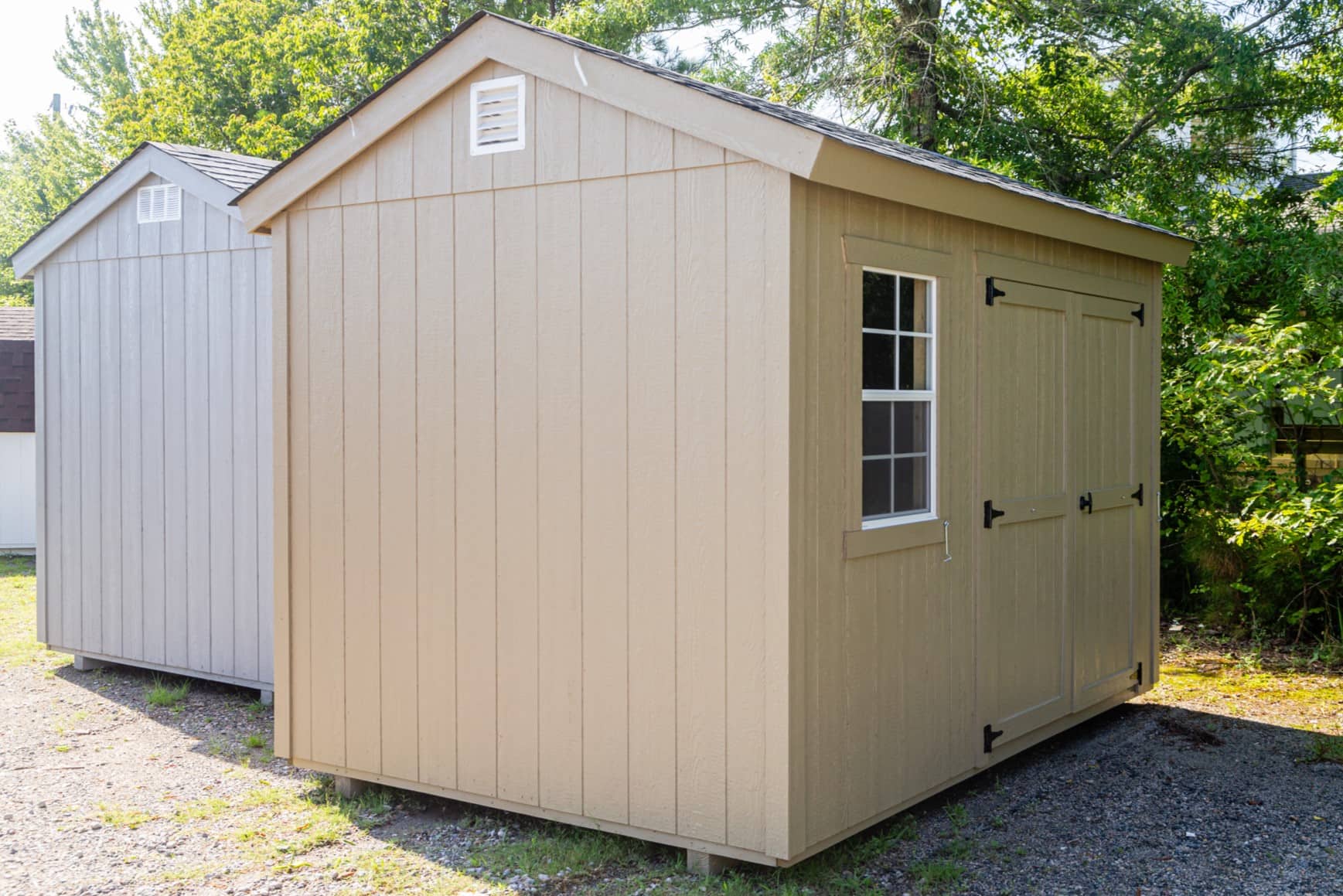
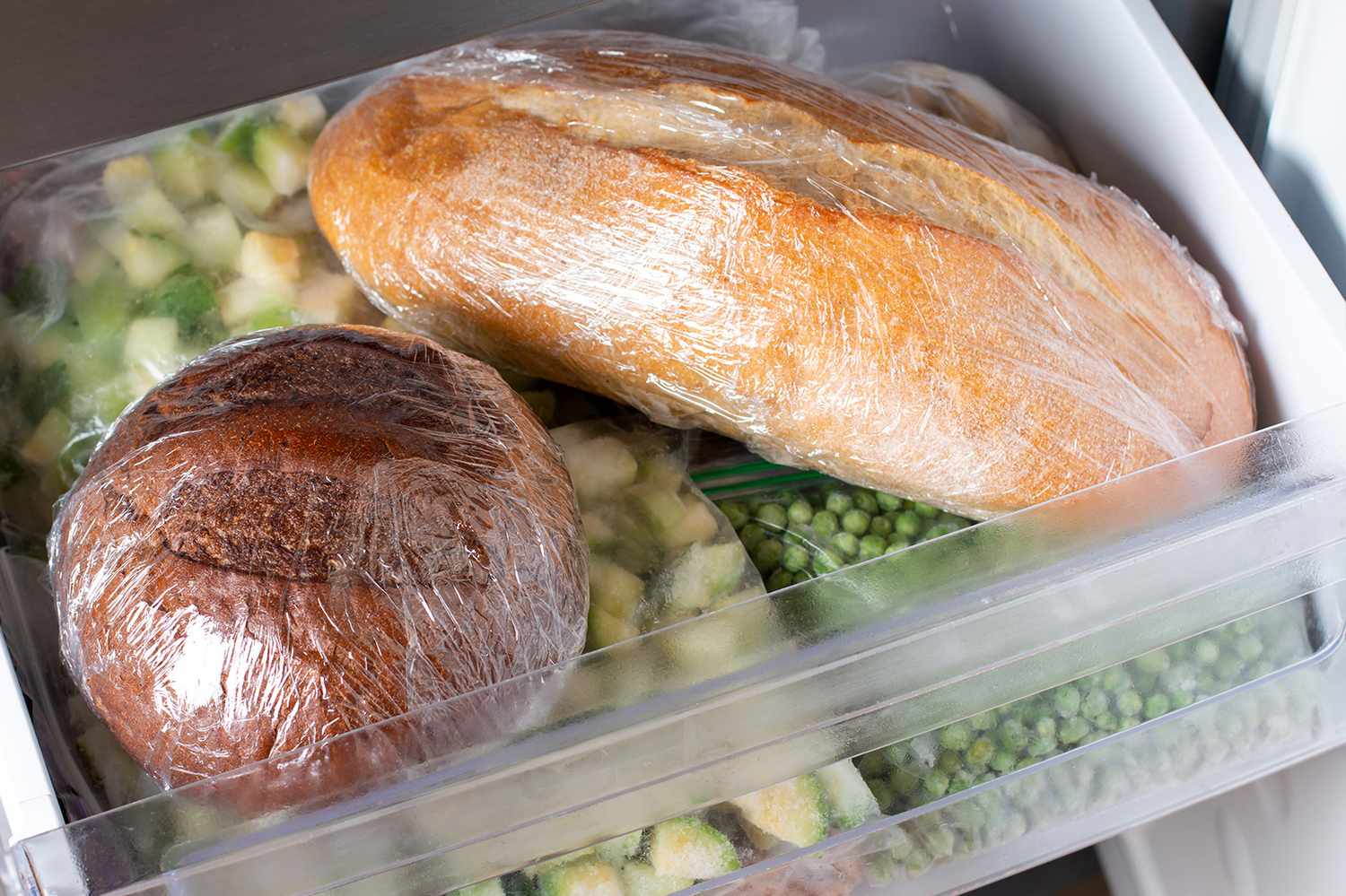
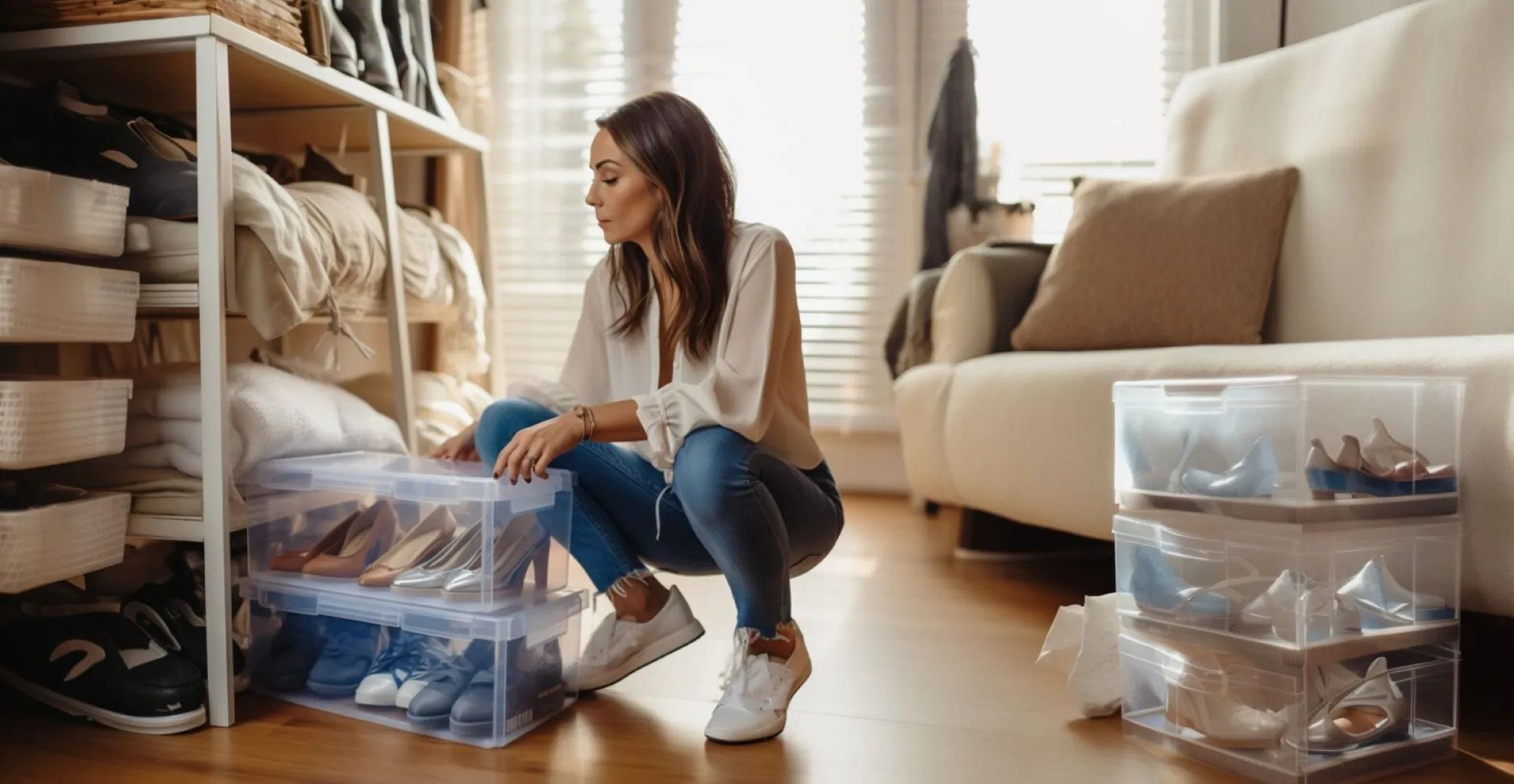
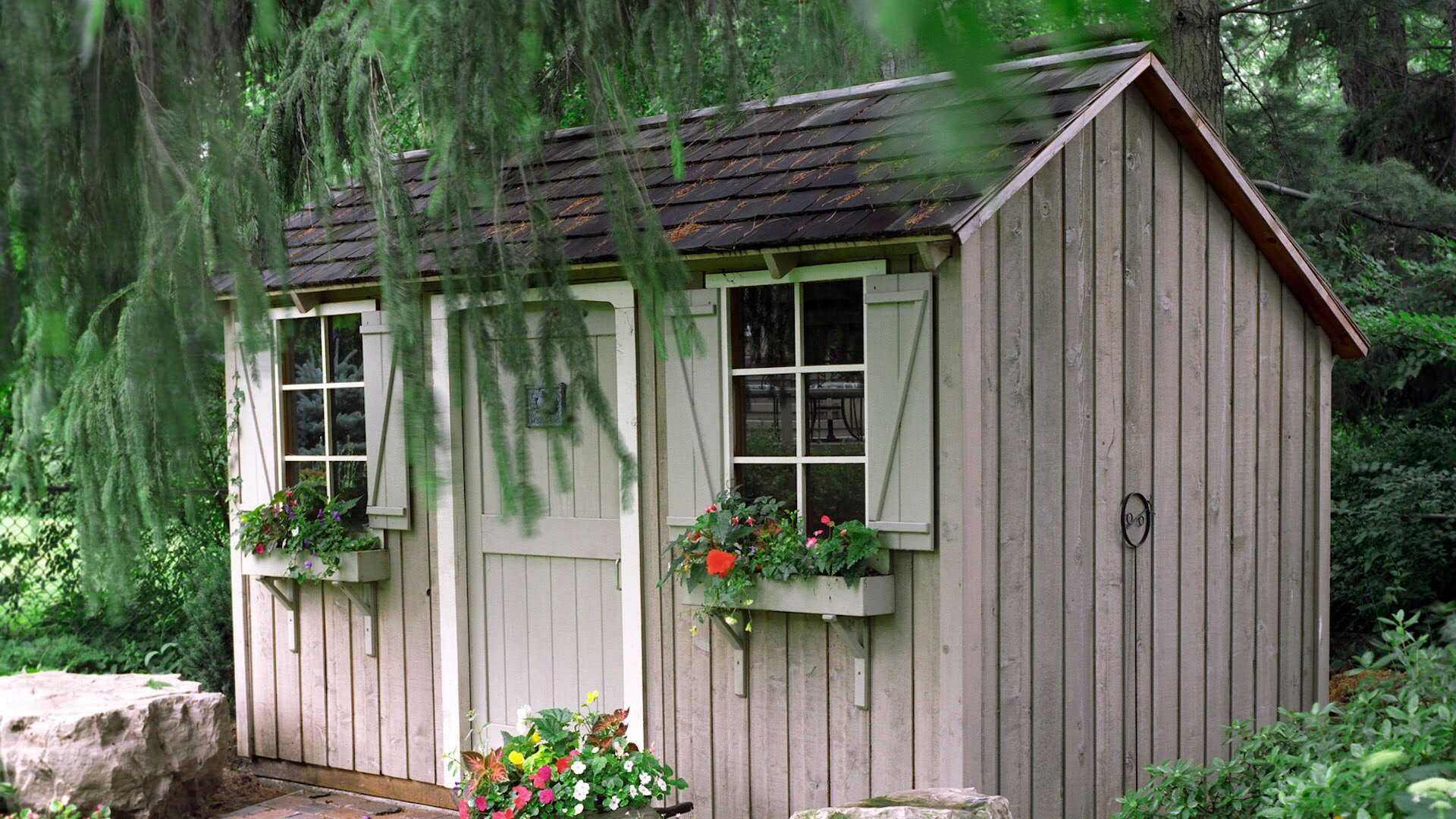
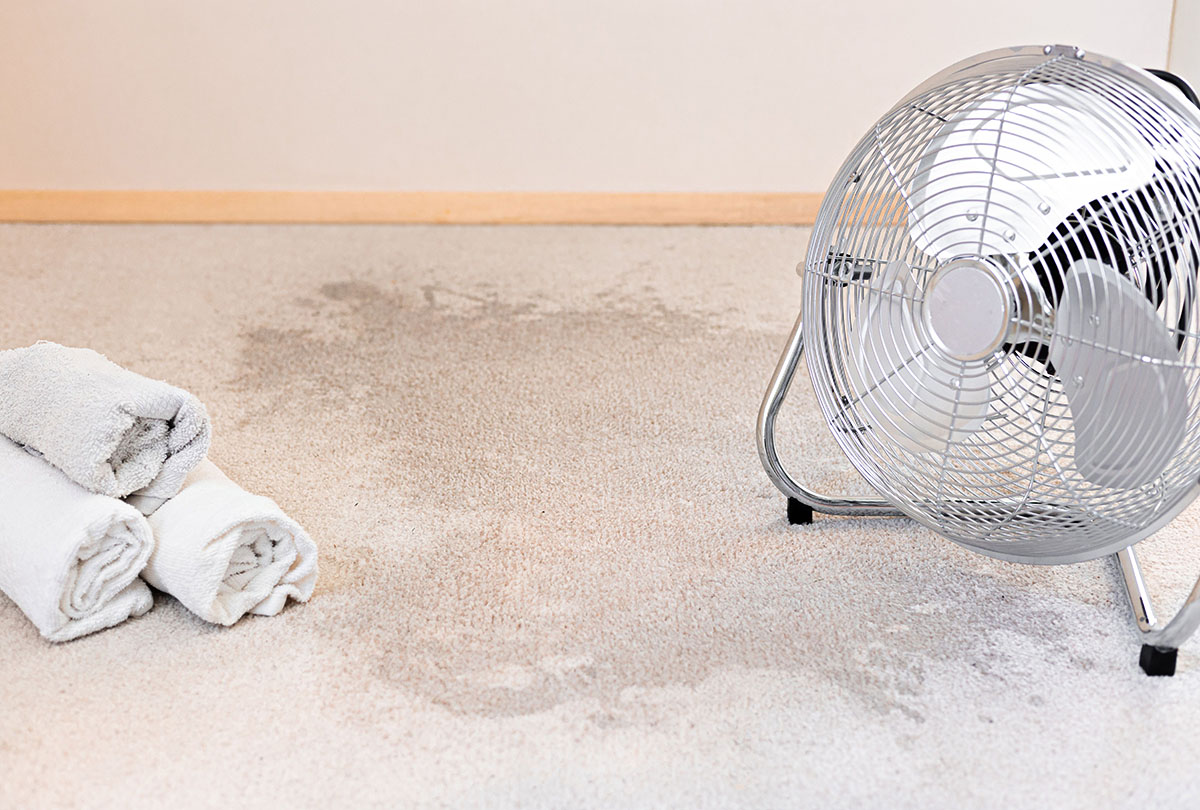
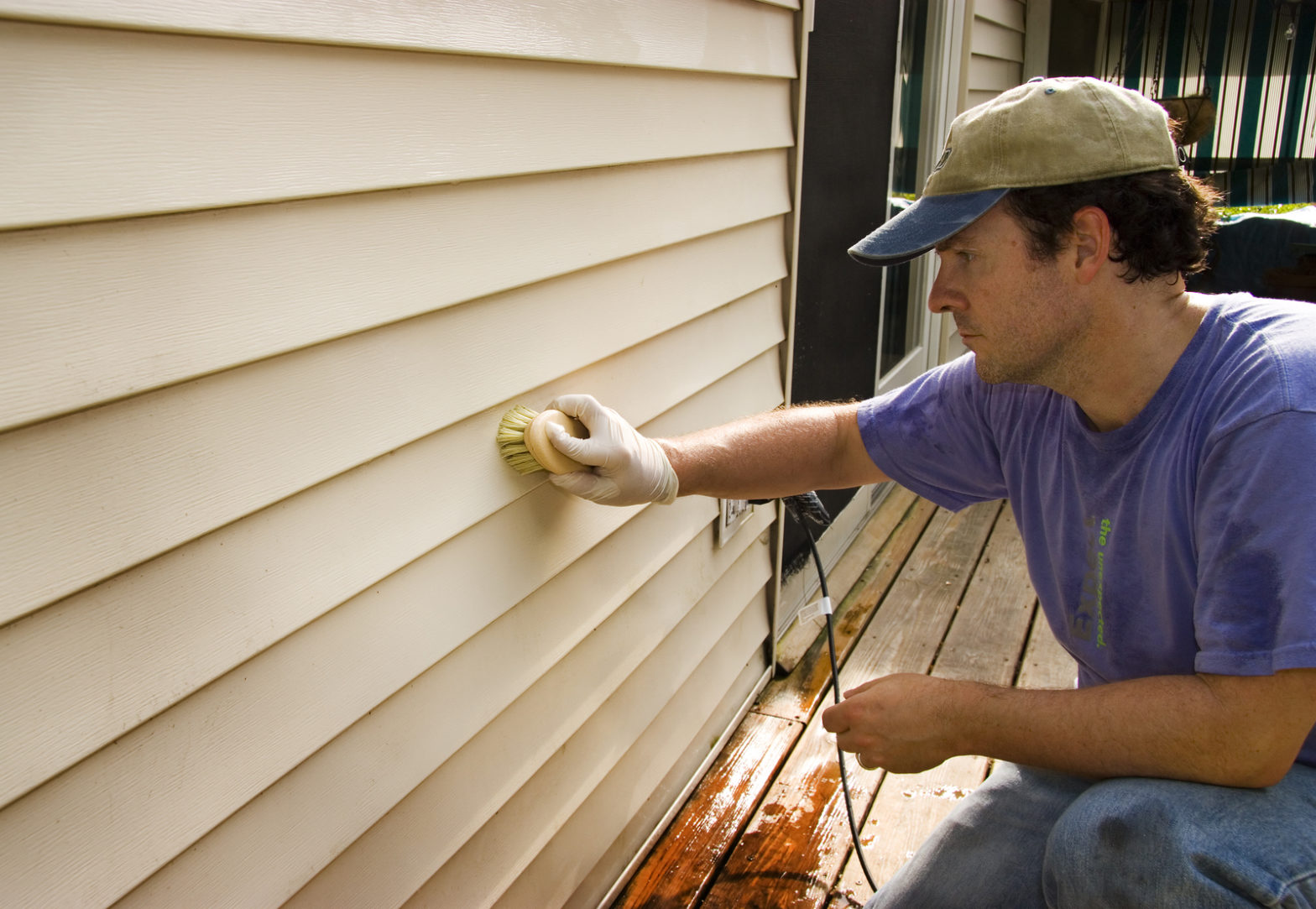
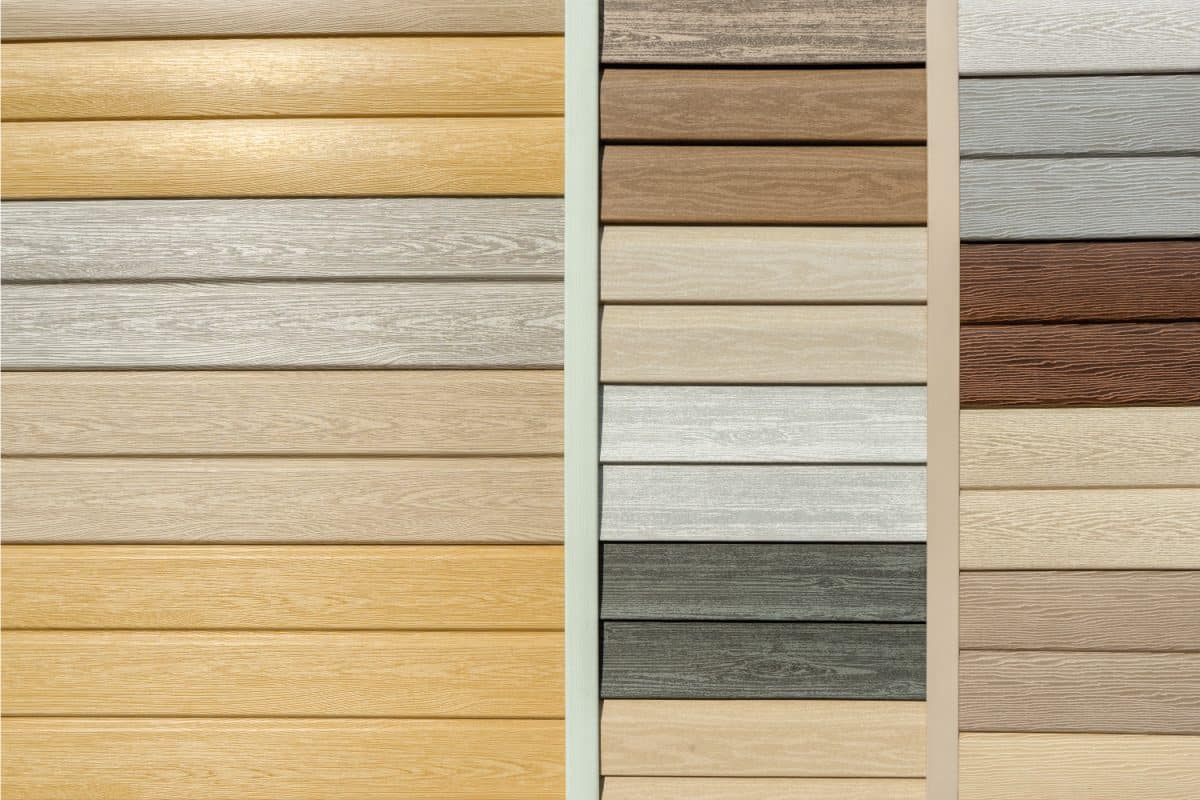
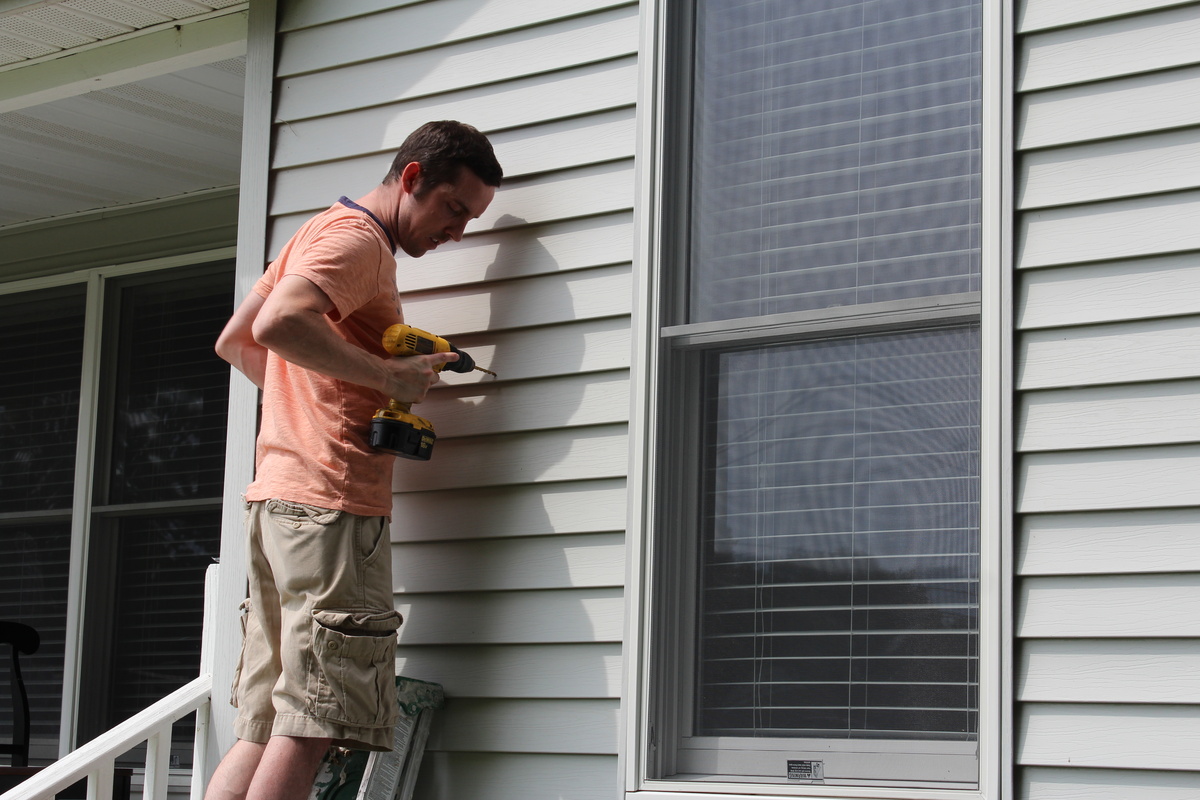
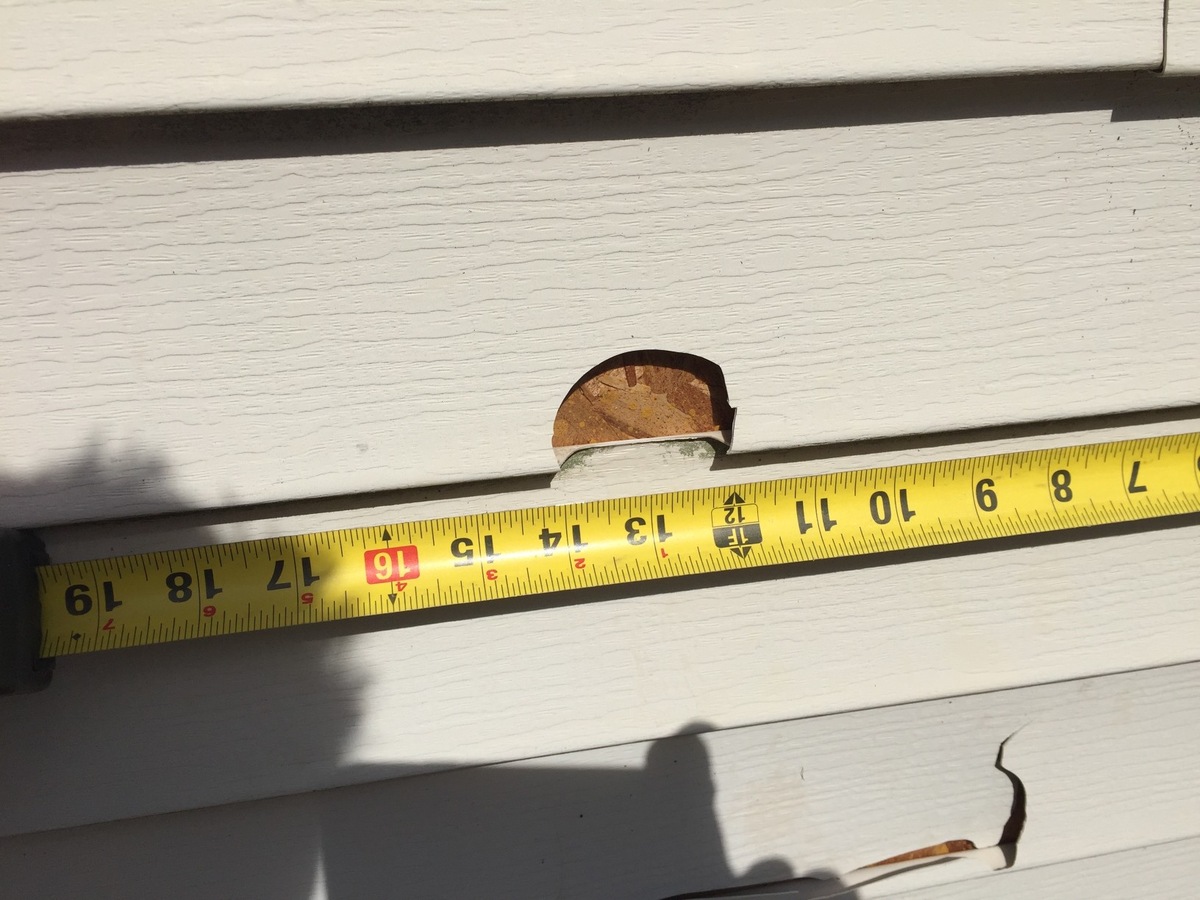
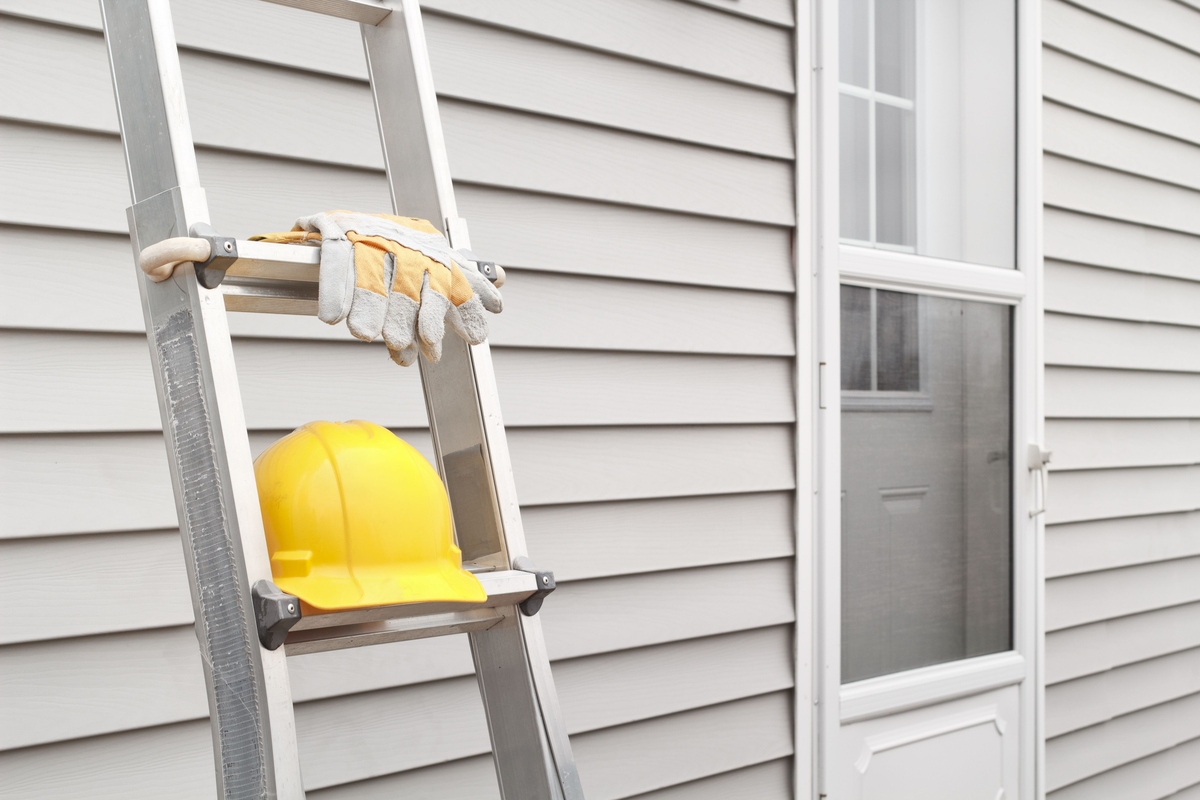
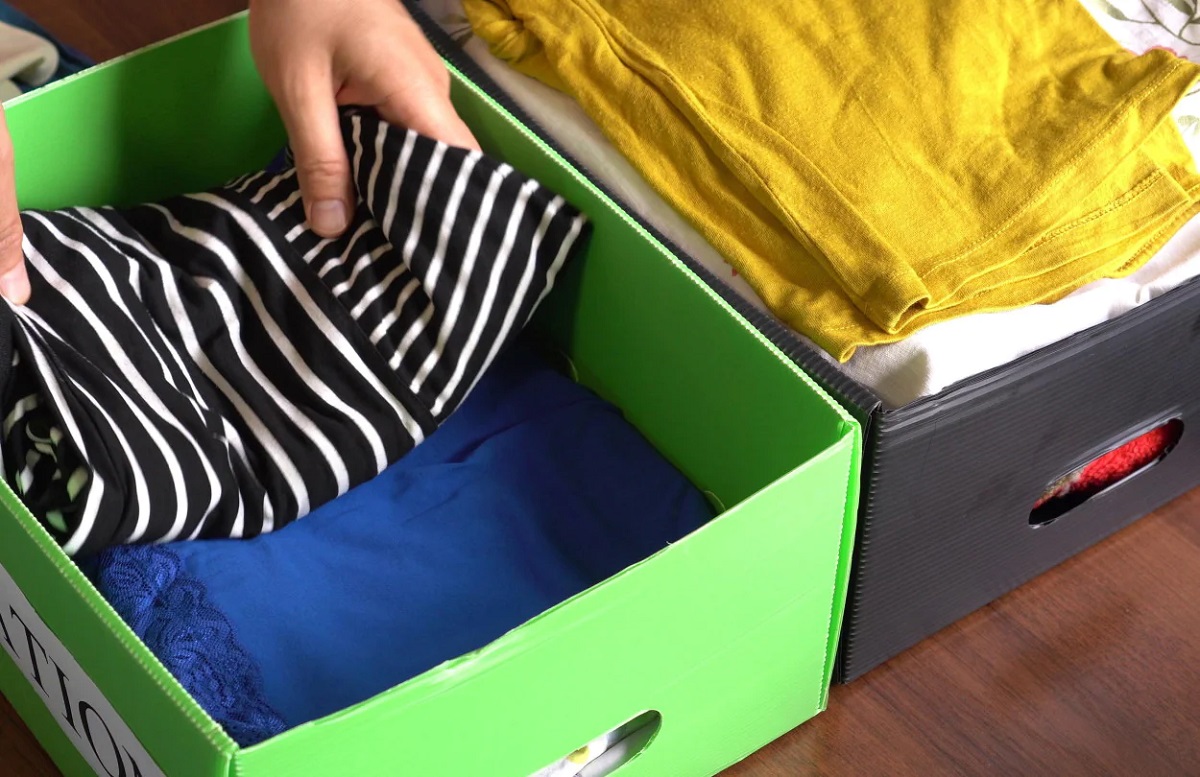

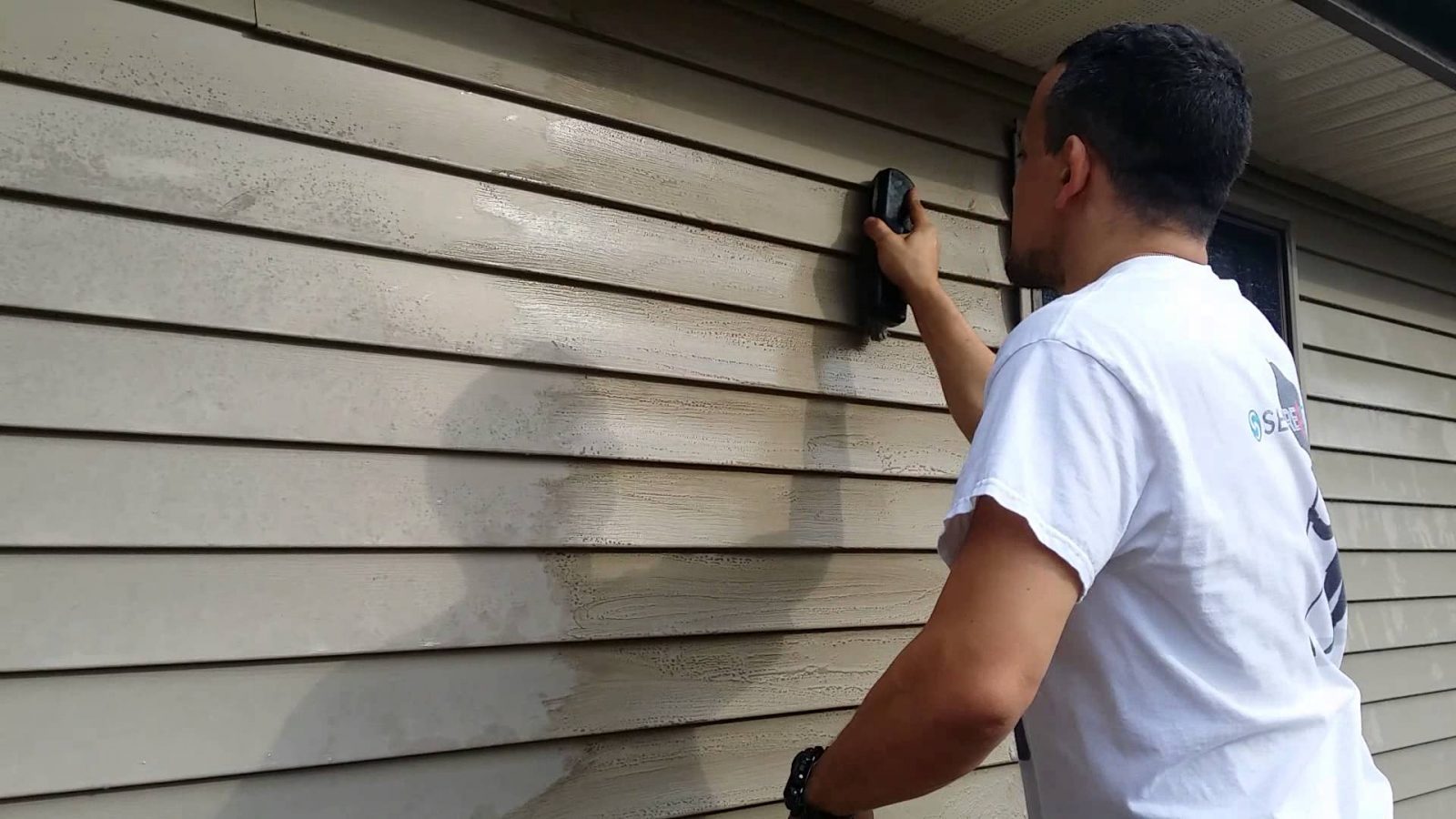

0 thoughts on “How To Prevent Mold On Vinyl Siding”